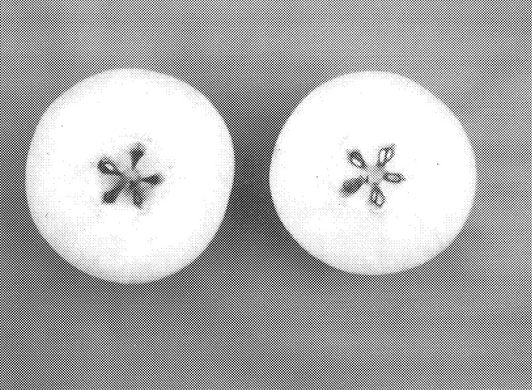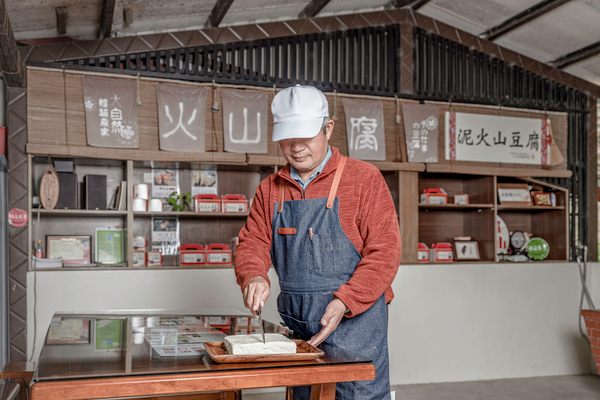The Gamma Field
The world's largest radiation field is probably our best bet for irradiated vegetable superheroes.
Every day, Monday through Friday, irradiation at the Gamma Field starts at noon and lasts until 8 p.m. From the center of the field, a radioactive source—cobalt-60—starts shedding gamma rays at the plants arrayed around, starting about 33 feet (10 m) from the center of the field and stretching to its perimeter, about 330 feet (100 m) away. This is the largest facility for radiation-induced plant breeding in the world.
Around the time that Japan’s Institute of Radiation Breeding opened the Gamma Field, in 1962, there was a bit of a boom in “atomic vegetables,” and there were more than 20 other similar facilities around the world. At these facilities, scientists created new vegetable varieties by bombarding plants with radiation in order to induce potentially beneficial mutations, making crops easier to grow or easier to market.
At the IRB’s Gamma Field, located about two hours northeast of Tokyo, near the city of Hitochiomiya, the plants closest to the cobalt are exposed to a dose of about 2 Gray each day—about 300,000 times background radiation most places in the world, as the IRB’s H. Nakagawa writes. (Once, the plants were given even higher doses of radiation, when the exposure period lasted 20 hours, from 12 p.m. to 8 a.m. the next morning.) The IRB grows plants like fruit trees, flowers, and rice in the field; they’re surrounded by a wall more than 25 feet tall that shields the forests and people outside from the field.
The IRB also runs a Gamma Room and a Gamma Greenhouse, where plants are exposed to more acute doses of radiation or using more targeted techniques; Japanese scientists have developed hundreds of mutant varieties of plants, including the Gold Nijisseiki pear, which is resistant to black spot disease.

















Follow us on Twitter to get the latest on the world's hidden wonders.
Like us on Facebook to get the latest on the world's hidden wonders.
Follow us on Twitter Like us on Facebook